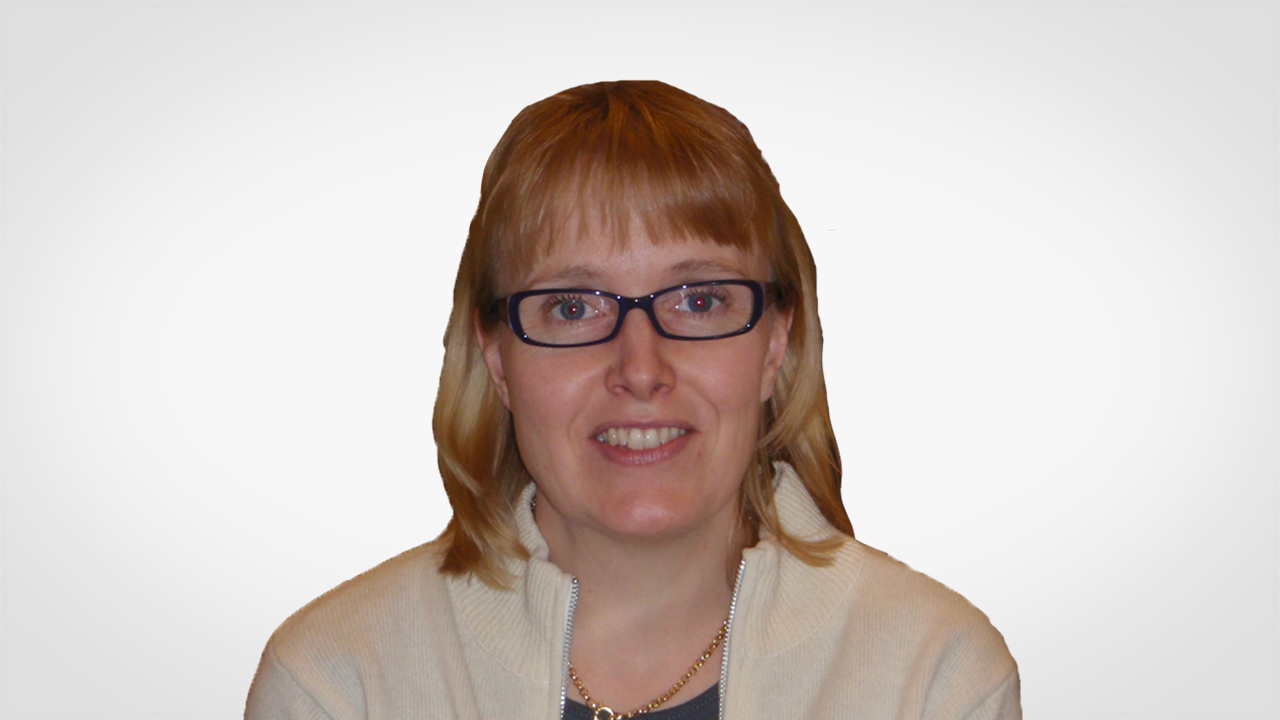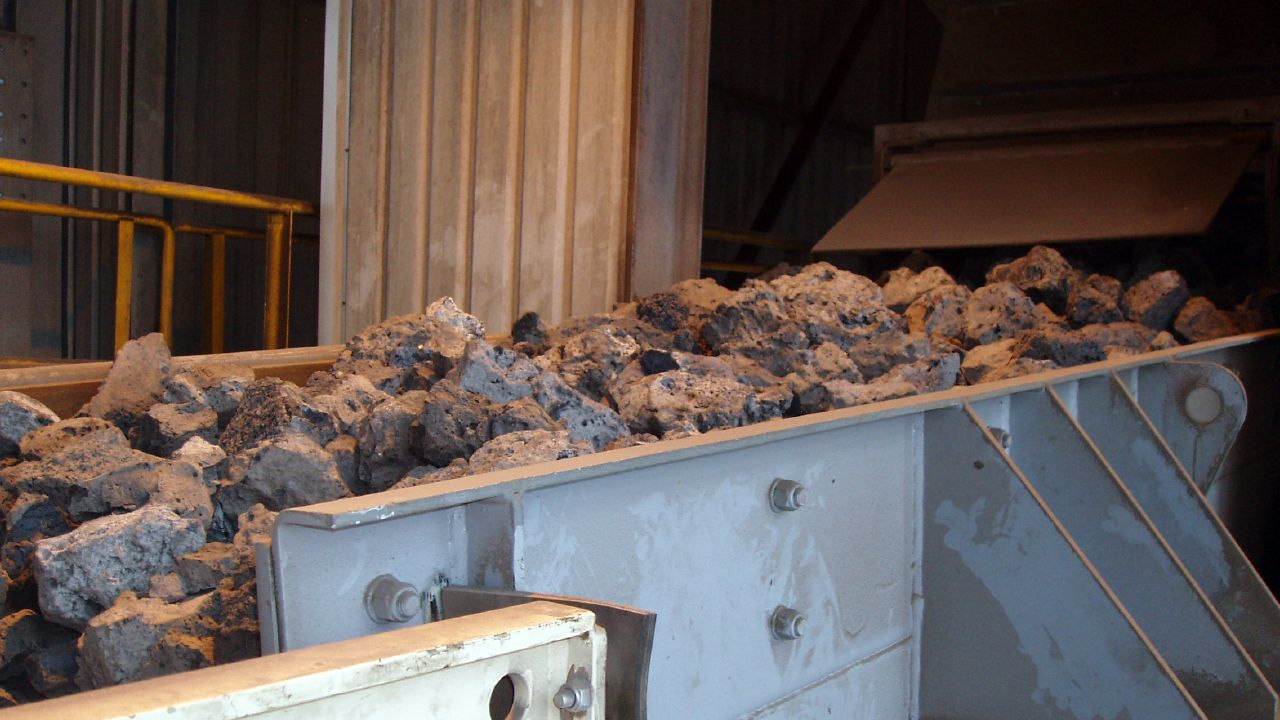Material efficiency also means using the available resources better — using reduced amounts of primary raw materials and substituting them with secondary raw materials recycled from the original process. Increasing the use of recycled content of raw materials is an efficient way to reduce the total environmental impact resulting from the production processes.
GREENY (GRinding Energy EfficiencY) is a collaborative research project focused in developing the beneficiation route of difficult to process secondary raw materials, such as industrial slags. Target is to develop innovative processes involving selective, energy-efficient crushing and separation processes of slags. After the separation, the metallic fractions of the slag can be brought back to the production process and the mineral fractions can be processed into manufactured aggregates. The targeted cost- and resource-efficient beneficiation route will enhance the application of industrial slags so that these secondary raw material deposits can be brought back to circular economy.

